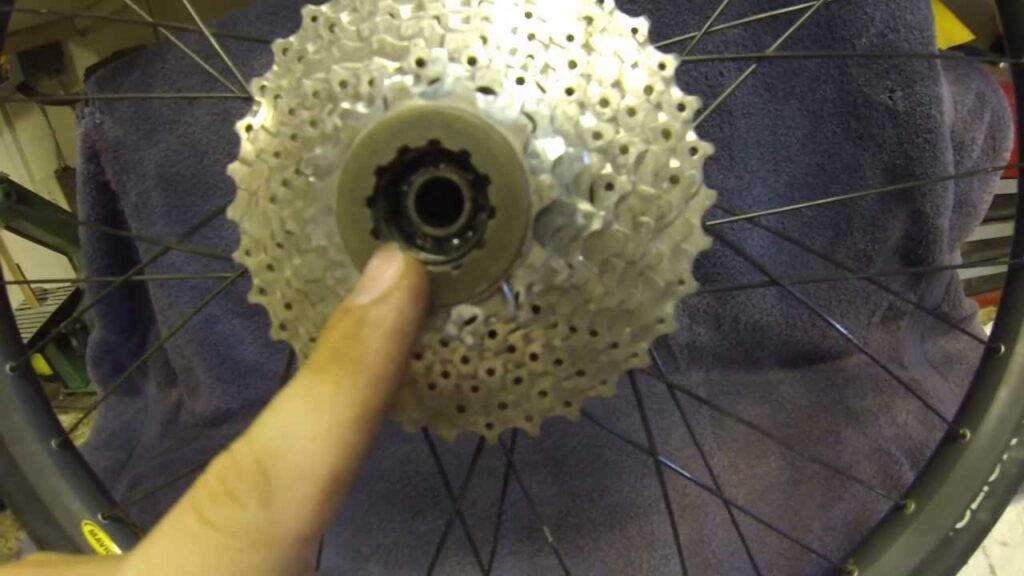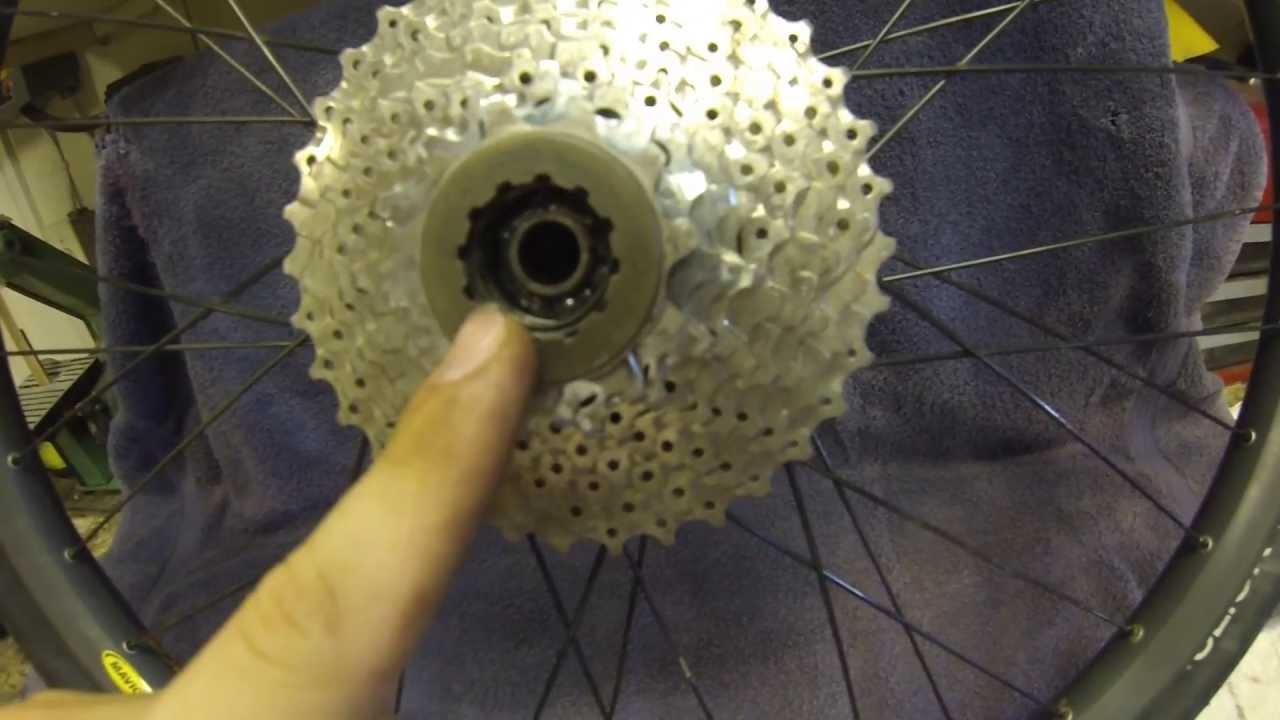
Hand-Flattening Granite: A Guide to Achieving a Professional Finish
The allure of granite countertops, floors, and other surfaces lies in their inherent beauty and durability. However, even the most exquisite granite can sometimes exhibit imperfections, such as unevenness or minor surface irregularities. While professional stone masons typically employ specialized machinery for tasks like flattening granite, the good news is that achieving a remarkably smooth and even surface through hand-flattening granite is entirely possible, and often, requires no specialized tools. This article delves into the process of hand-flattening granite, providing a comprehensive guide for both homeowners and DIY enthusiasts looking to refine their granite surfaces.
The primary goal of hand-flattening granite is to address surface imperfections, ensuring a level and aesthetically pleasing finish. This can involve correcting minor dips, smoothing out rough patches, or even removing slight high spots. The process, though seemingly simple, demands patience, precision, and a thorough understanding of the materials and techniques involved.
Understanding the Granite and Its Imperfections
Before embarking on the journey of hand-flattening granite, a crucial step is to understand the nature of the granite itself. Granite is an igneous rock, characterized by its granular texture and varying mineral composition. This composition dictates the rock’s hardness and how it responds to the hand-flattening process. Common imperfections include:
- Unevenness: Slight variations in the surface level.
- Roughness: Areas with a coarse or textured feel.
- High Spots: Small protrusions that disrupt the surface.
- Staining: Although not directly related to flattening, understanding how stains impact the final product is important.
Identifying the type of imperfections present is crucial for selecting the appropriate techniques and abrasives. For instance, minor unevenness might be addressed using a fine grit abrasive, while more significant imperfections may require a coarser grit to start the hand-flattening process.
Essential Tools and Materials for Hand-Flattening Granite
One of the most appealing aspects of hand-flattening granite is the minimal requirement for specialized tools. The core materials generally include:
- Abrasive Pads/Sandpaper: These are the workhorses of the process. Start with coarser grits (e.g., 50-100 grit) for initial leveling and progressively move to finer grits (e.g., 400-3000 grit) for polishing. The choice between sandpaper and abrasive pads often depends on the surface area and personal preference. Diamond abrasive pads offer superior cutting ability, but sandpaper can be more cost-effective for smaller projects.
- Water: Water is essential for wet sanding, which is the preferred method for hand-flattening granite. It helps to lubricate the surface, reduce heat buildup, and prevent dust.
- Water Basin/Spray Bottle: A container to hold water or a spray bottle to keep the granite surface wet.
- Gloves and Safety Glasses: Safety first! Protect your hands and eyes from abrasive dust and potential injury.
- A Level: A level is indispensable for assessing the surface and ensuring that you are achieving a flat result.
- Cleaning Supplies: Clean cloths or sponges to wipe away slurry and assess progress.
- Polishing Compound (Optional): For achieving a high-gloss finish after flattening.
The Step-by-Step Guide to Hand-Flattening Granite
The process of hand-flattening granite involves several key steps. Careful execution of each step is crucial for achieving the desired result.
- Preparation: Begin by thoroughly cleaning the granite surface to remove any dirt, debris, or existing sealants. This ensures that the abrasives work effectively. Use a mild detergent and water.
- Assessment: Use a level to identify any high or low spots. Mark these areas to focus your efforts.
- Coarse Grinding: Wet the surface and begin sanding with a coarse grit abrasive. Use circular or figure-eight motions, applying gentle pressure. This step is crucial for removing any significant imperfections. Check your progress frequently with the level.
- Intermediate Grinding: Once the major imperfections are addressed, move to a medium grit abrasive. Continue wet sanding, gradually refining the surface.
- Fine Grinding: Progress to finer grits, such as 1000, 2000, and 3000 grit. This step polishes the surface and removes any remaining scratches from the coarser grits.
- Polishing (Optional): If desired, apply a granite polishing compound to enhance the shine and luster. Follow the manufacturer’s instructions.
- Sealing (Optional): After polishing, apply a granite sealant to protect the surface from stains and damage.
Techniques for Effective Hand-Flattening Granite
Several techniques can optimize the hand-flattening granite process:
- Wet Sanding: Always wet the granite surface and the abrasive. This minimizes dust, reduces heat buildup, and allows for a smoother sanding process.
- Consistent Pressure: Apply consistent pressure to the abrasive, avoiding excessive force, which can lead to uneven results.
- Circular or Figure-Eight Motions: These motions help distribute the sanding action evenly across the surface.
- Frequent Assessment: Regularly check your progress with a level and clean the surface to assess the results.
- Gradual Progression: Progress through the grit levels gradually, never skipping a step.
Troubleshooting Common Problems
Even with careful execution, some challenges may arise during hand-flattening granite. Here’s how to address them:
- Uneven Surface: If the surface remains uneven, revisit the coarse grinding step and ensure that you are leveling the surface effectively.
- Scratches: If scratches persist, ensure that you have progressed through all the grit levels and that you have removed all the scratches from the previous grit before moving on.
- Dull Finish: The final finish can be improved with a polishing compound.
- Water Spots: Water spots can often be removed by polishing the surface.
Safety Considerations
While hand-flattening granite is a relatively safe process, it’s essential to take precautions:
- Eye Protection: Always wear safety glasses to protect your eyes from dust and debris.
- Gloves: Wear gloves to protect your hands from abrasions and the chemicals in the polishing compounds.
- Ventilation: Work in a well-ventilated area to minimize the inhalation of dust.
- Proper Disposal: Dispose of the used abrasives and slurry properly.
Beyond the Basics: Advanced Techniques and Considerations
For those seeking to further refine their skills in hand-flattening granite, consider these advanced techniques:
- Using a Sanding Block: A sanding block can help to maintain a flat surface, especially on larger areas.
- Addressing Chips and Cracks: While hand-flattening granite can’t repair major damage, it can help to blend minor chips or cracks.
- Choosing the Right Abrasives: Experiment with different types of abrasives to find the best results for your specific granite.
The Value of Patience and Persistence
Hand-flattening granite is not a race; it’s a journey. It requires patience, persistence, and a willingness to learn. The results, however, are well worth the effort. By following these guidelines, you can transform your granite surfaces from flawed to flawless, enhancing the beauty and value of your home or project.
Hand-flattening granite is an accessible and rewarding project for the DIY enthusiast. It requires no specialized tools, just a commitment to the process and a desire for a beautiful finish. The satisfaction of restoring a granite surface to its former glory, or even improving upon it, is a testament to the power of meticulous craftsmanship. Whether you’re a seasoned homeowner or a novice DIYer, the ability to hand-flatten granite is a valuable skill that can save you time, money, and the frustration of dealing with imperfect surfaces.
Ultimately, the success of hand-flattening granite hinges on the user’s understanding of the material, their commitment to the process, and their willingness to learn from any challenges they may encounter. With the right approach, anyone can achieve a professional-looking finish without the need for expensive equipment.
The process of hand-flattening granite is a testament to the power of patience and precision. While the initial investment is minimal, the rewards are significant, providing a beautiful and durable surface that will last for years to come. By mastering the art of hand-flattening granite, you can elevate your home improvement projects, adding value and beauty to your living spaces.
The techniques involved in hand-flattening granite are relatively straightforward, making them accessible to a wide range of skill levels. The key is to approach the task with a clear understanding of the process, the materials, and the importance of careful execution. With dedication and attention to detail, the results can be truly transformative, showcasing the true potential of the granite surface.
The final outcome of hand-flattening granite is a testament to the power of DIY and a symbol of the ability to achieve professional-grade results with patience and the right approach. This method allows individuals to take control of their home improvement projects, saving money and building valuable skills in the process. The ability to smooth the surface of granite makes this method an invaluable skill for homeowners and DIY enthusiasts alike.
The process of hand-flattening granite is an excellent example of how careful planning and execution can lead to stunning results. By taking the time to understand the material, gather the necessary supplies, and follow the steps outlined in this guide, anyone can achieve a smooth and polished granite surface, thereby improving the aesthetics and value of their homes. The practice of hand-flattening granite is a rewarding experience that combines craftsmanship with DIY.
[See also: How to Seal Granite Countertops for Maximum Protection]
[See also: Choosing the Right Granite: A Comprehensive Guide]
[See also: Granite Countertop Care: Cleaning and Maintenance Tips]


